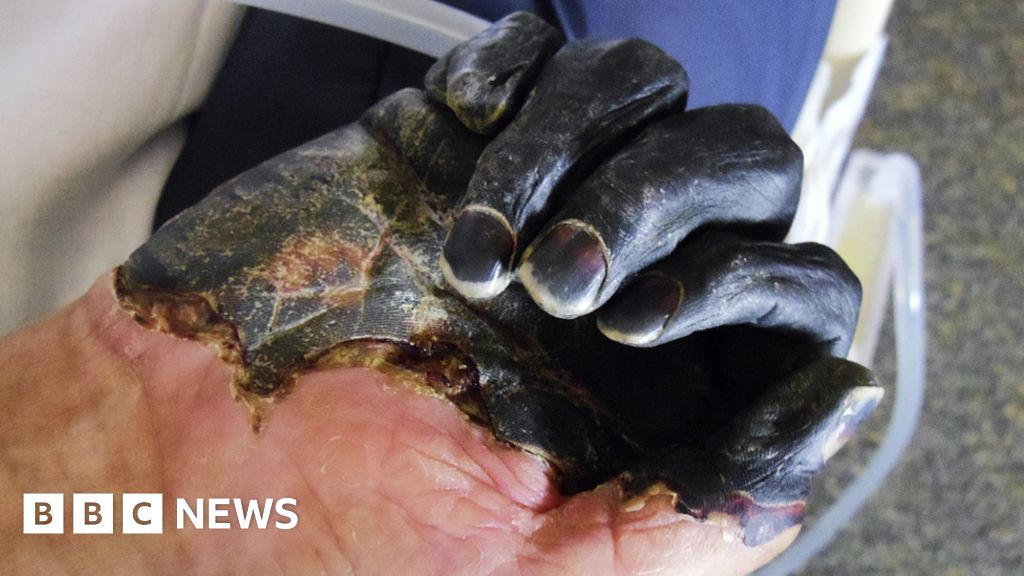Bubonic plague: History, Deaths, Affected Countries, Cure And Updates

The bubonic plague, also known as the Black Death, conjures images of medieval devastation, mass graves, and panicked populations. While its historical impact was undeniable, the plague remains a relevant concern today, requiring vigilance and ongoing research. Let’s delve into the chilling reality and reassuring advancements surrounding this ancient disease:
A Grim History:
- Origins: Believed to have originated in Central Asia, the plague reached Europe in the 14th century through trade routes, causing the devastating Black Death pandemic, killing an estimated 25-50 million people, nearly a third of Europe’s population at the time.
- Black Death: The most infamous outbreak, peaking in the mid-14th century, also caused an estimated 50 million deaths across Europe, wiping out nearly a third of the population.
- Recurring Threat: Subsequent outbreaks continued for centuries, with devastating impacts on various regions worldwide.
Modern Landscape:
- Still Present: The plague persists in parts of Africa, Asia, and the Americas, with occasional cases reported in developed countries like the US.
- Caused by Bacteria: Yersinia pestis, transmitted by fleas from infected rodents, remains the culprit.
- Treatable: Thankfully, antibiotics offer effective treatment, significantly reducing mortality rates.
Deadly Effects:
- Transmission: Primarily spread by infected fleas, which jump from rodents to humans. Direct contact with infected fluids or tissues is also possible.
- Symptoms: Swollen lymph nodes (buboes), fever, chills, and muscle aches. In severe cases, it can also lead to sepsis and death.
- Mortality Rate: Untreated, the bubonic plague has a mortality rate of 30-60%. However, with early diagnosis and treatment with antibiotics, the survival rate is over 90%.
Affected Countries:
- Endemic: The plague remains endemic (present in low levels) in parts of Africa, Asia, and the Americas, including Madagascar, the Democratic Republic of Congo, and Peru.
- Also Outbreaks: Periodic outbreaks occur, often linked to increased rodent populations or inadequate sanitation.
Cure and Updates:
- Antibiotics are the current cure, but research continues: Scientists are exploring new drug development, improved diagnostics, and vaccination possibilities.
- Surveillance and Early Detection: Remain crucial for containing outbreaks and also preventing widespread transmission.
- Public Awareness: Understanding the signs and symptoms and practicing preventive measures (insect control, safe handling of animals) are essential.
Beyond the Headlines:
- Climate Change: Rising temperatures and altered ecosystems could potentially contribute to an increased risk of plague transmission.
- Antibiotic Resistance: The emergence of antibiotic-resistant strains of Yersinia pestis is a growing concern, highlighting the need for ongoing research and also responsible antibiotic use.
- Global Cooperation: International collaboration in surveillance, research, and resource sharing is vital for effective plague control.
Remember:
While the bubonic plague’s historical rampage is chilling, modern science offers powerful tools for prevention, treatment, and control. However, continuous vigilance, research, and global collaboration are critical to ensure this ancient disease remains a manageable threat in the modern world.

